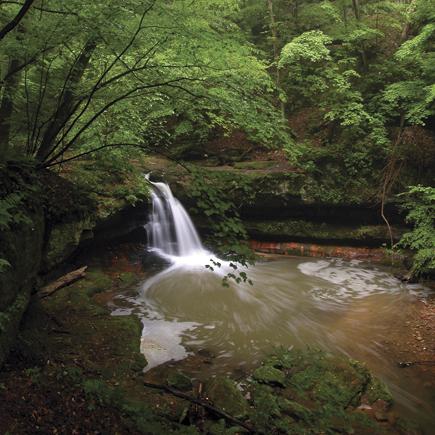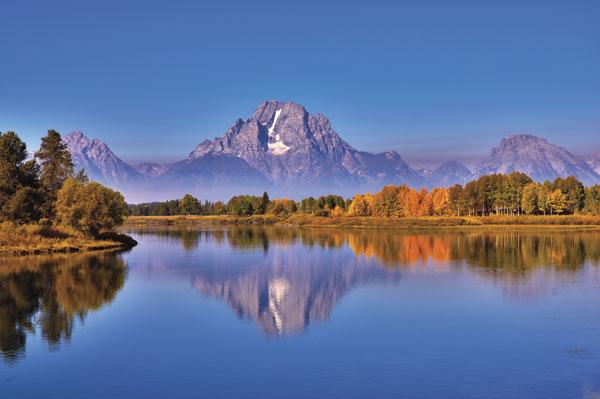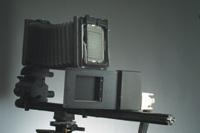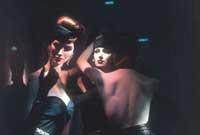Pro Techniques
Sort By: Post DateTitle Publish Date
|
Aug 01, 2009
|
Jun 20, 2014 |
First Published: May 01, 2014
|
Mar 21, 2014 |
First Published: Feb 01, 2014
|
Oct 01, 2008
|
Apr 02, 2012 |
First Published: Feb 01, 2012
|
Sep 01, 2011 |
First Published: Jul 01, 2011
|
Jan 31, 2013 |
First Published: Dec 01, 2012
|
Oct 01, 2003
|
Aug 01, 2002
|
Sep 03, 2024
















